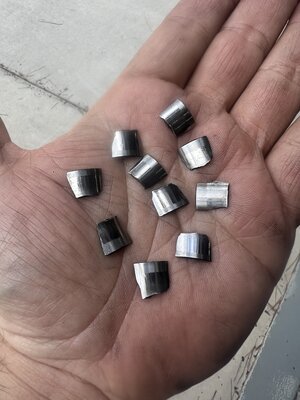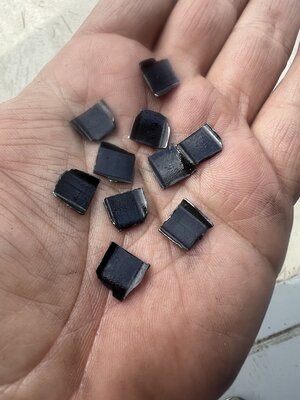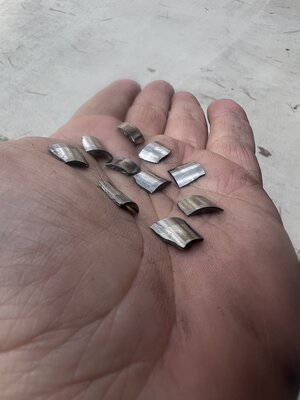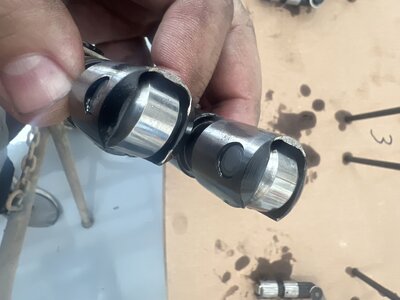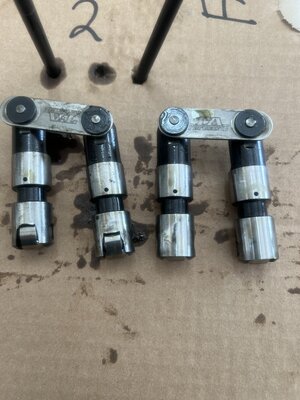Sorry for the delay here fellas, been traveling non-stop for work the last few weeks. Only one lifter wasn't broken and both sides of the lifter body on the base of that particular lifter had some visible marks from contact with the cam lobe. I contacted Mike at TA who's been a big help, he contacted the MFG of the lifter and I sent them out to them early last week to have them put their eyes on them. Haven't heard back from them yet.
As chuck stated above, Mike feels this happened at or near startup and has been like this for some time as well. Zimmerman built the engine but did not dyno it. It came to me new and completely dry. Most surprising thing to me here is I've been able to physically put my finger on each cam lobe through the holes in the lifter valley and the cam seems fine. No flat spots or anything ground down, don't ask me how I got lucky... More to come when I hear from the Mfg.

